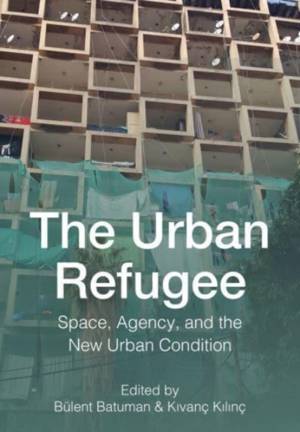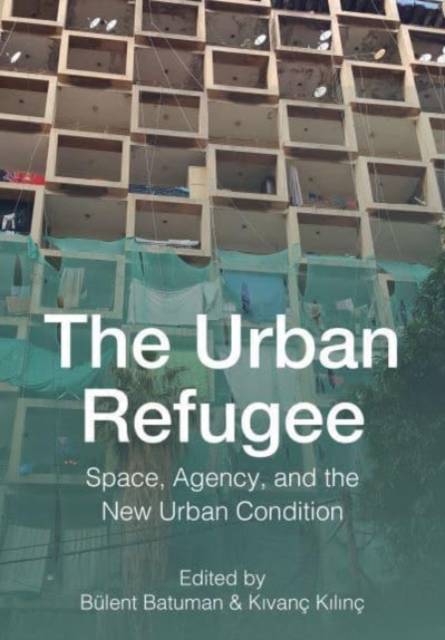
- Retrait gratuit dans votre magasin Club
- 7.000.000 titres dans notre catalogue
- Payer en toute sécurité
- Toujours un magasin près de chez vous
- Retrait gratuit dans votre magasin Club
- 7.000.000 titres dans notre catalogue
- Payer en toute sécurité
- Toujours un magasin près de chez vous
The Urban Refugee
Space, Agency, and the New Urban Condition
189,45 €
+ 378 points
Description
This book focuses on the spatial forms and urban consequences of forced migration. The presence of the refugee in the contemporary metropolis is marked by precarity, a quality that has become a characteristic feature of the neoliberal urban milieu. Bringing together essays from diverse disciplines, from architectural history to cultural anthropology and urban planning, this collection sheds light on both the specificities of the contemporary urban condition that affects the refugees and the multi-dimensional impact that the refugees have on the city. The authors propose investigating this connection through three interlinked themes: identity (informality, imagination, and belonging); place (transnational homemaking practices); and site (the navigation of urban space). In recent years, there has been a significant growth in scholarship on forced migration, particularly on the relationship between displacement and the built environment. Scholars have focused on spatial practices and forms that arise under conditions of displacement, with much attention given to refugee camps and the social and political aspects of temporariness. While these issues are important, the essays in this volume aim to contribute to a less explored aspect of displacement, namely the interaction between refugees and the cities they inhabit. In this respect, the volume underlines the specificity of the urban refugee as well as their spatial agency and investigates the irreversible effect they have on the contemporary urban condition.
Spécifications
Parties prenantes
- Editeur:
Contenu
- Nombre de pages :
- 280
- Langue:
- Anglais
- Collection :
Caractéristiques
- EAN:
- 9781789389005
- Date de parution :
- 19-03-24
- Format:
- Livre relié
- Format numérique:
- Genaaid
- Dimensions :
- 170 mm x 244 mm
- Poids :
- 739 g






